Written by: Miriam Milzner
Mining on Marinduque, Philippines
The report “The poisoned island” by Marius Münstermann and Christian Werner draws attention to the resource-rich island of Marinduque. It shows how the mining industry destroys biodiversity and how it makes the environment and the people sick.
The produced sludge in the process of extracting the precious metals is nothing but waste in which residues of the admixed toxins are found. As well as heavy metals such as mercury, lead, arsenic or cadmium. On Marinduque this waste was pumped into the sea of the Calancan bay just until the end of the 80s.
It was only with the overthrow of the dictatorship that stricter environmental protection requirements were imposed. From now on, not the sea, but the deep craters of the former mines, were filled with a poisonous mixture of rainwater and toxic mining waste.
Inadequate protective measures ultimately led to dam breaks in 1993 and 1996.
The contamined water of the rivers nearby remains the livelihood of the inhabitants of the region. They use the water in almost all areas of life. This close contact on a daily basis results in heavy metal pollution, which leads to malformation and cancer.
The island government and the residents do not want to put up with the rejection of the mining company. They are preparing a lawsuit, claiming a 1 Billion US-Dollar compensation for the indescribable consequences of the irresponsible mining activities.



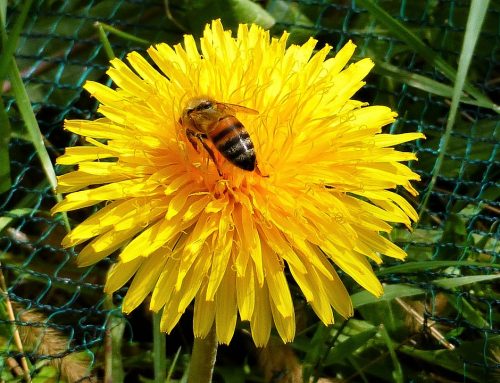
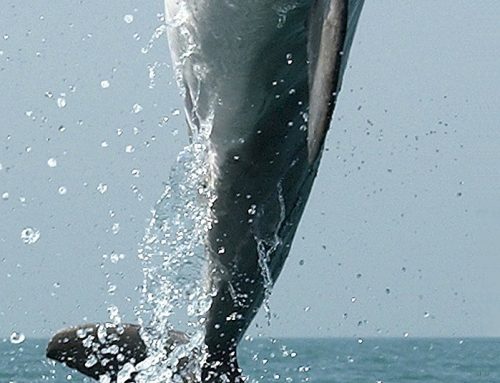
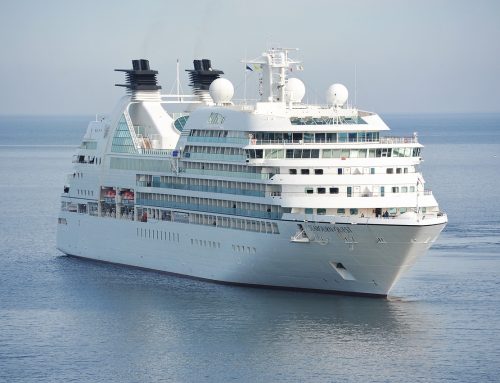
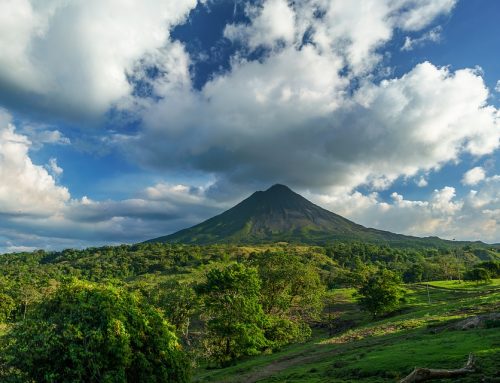
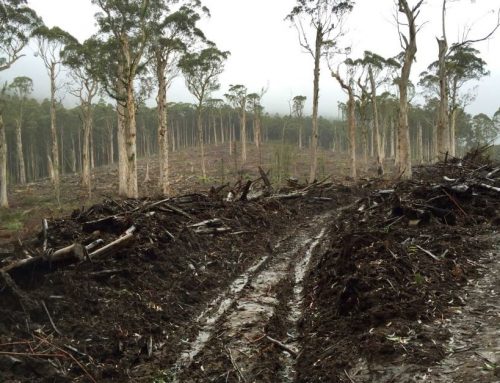
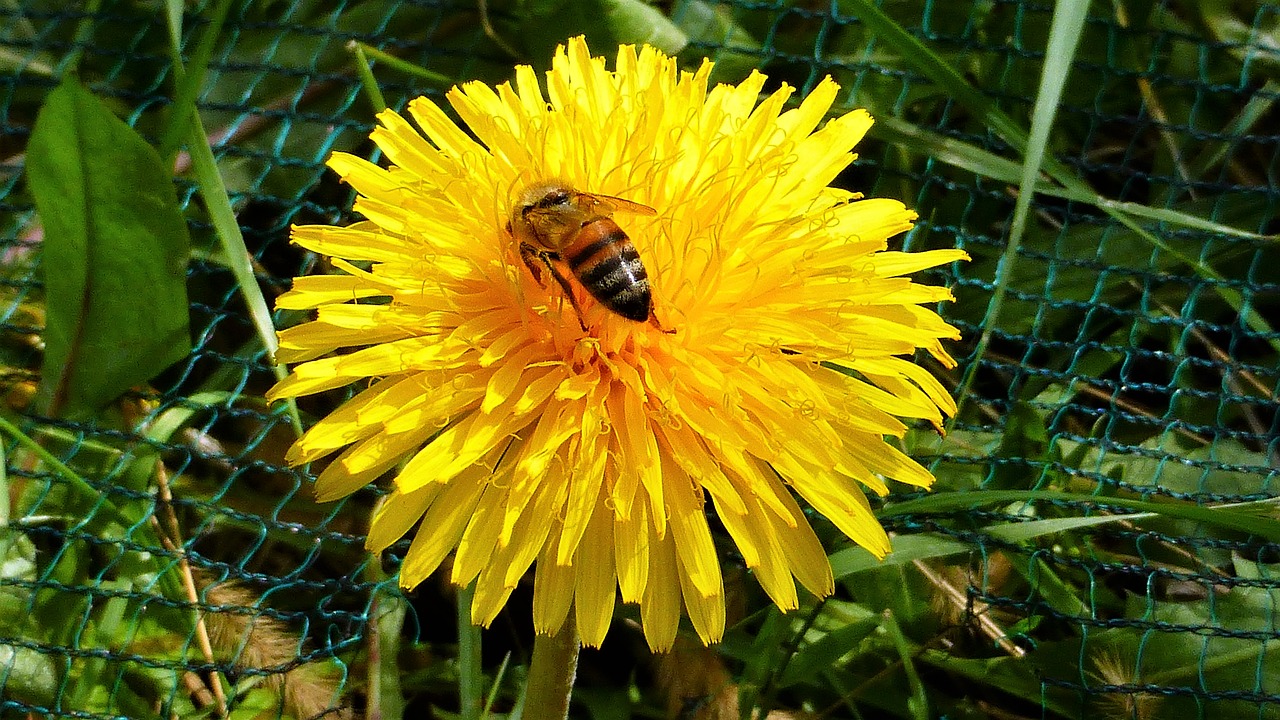
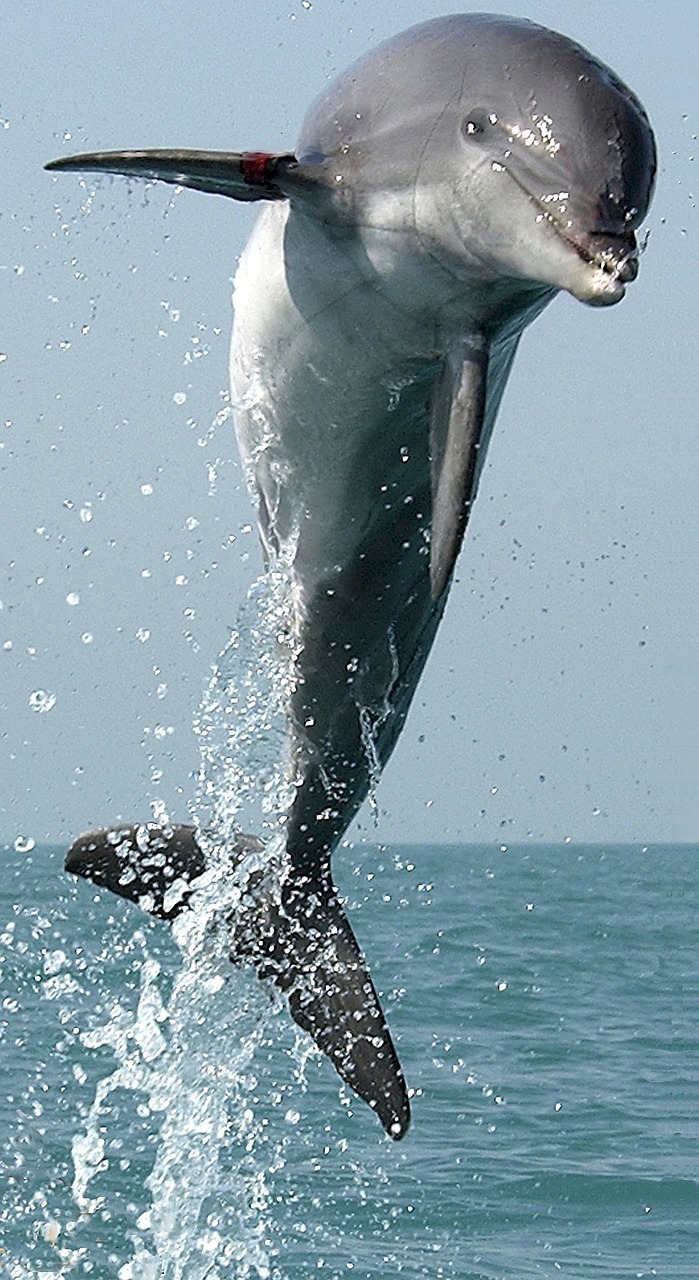
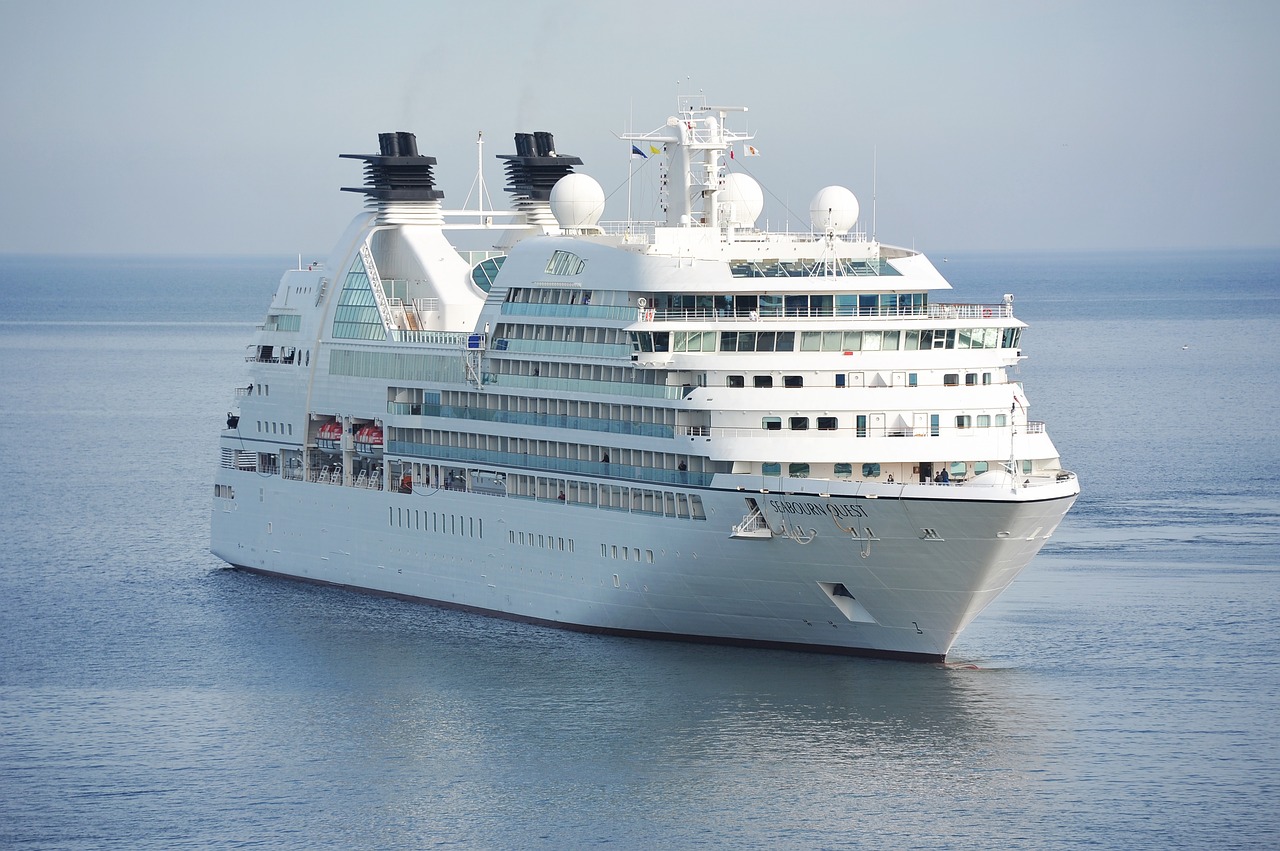
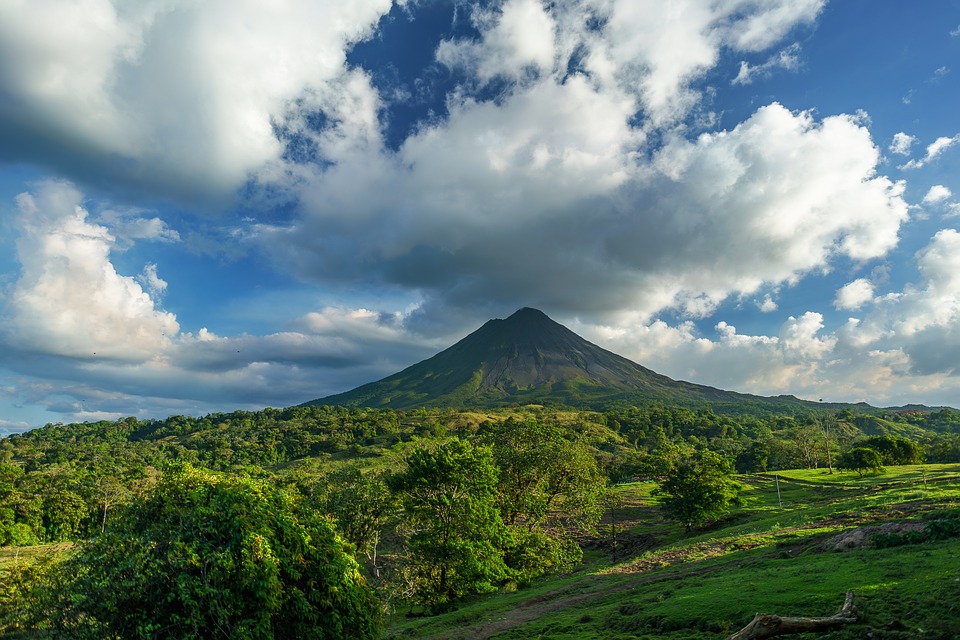
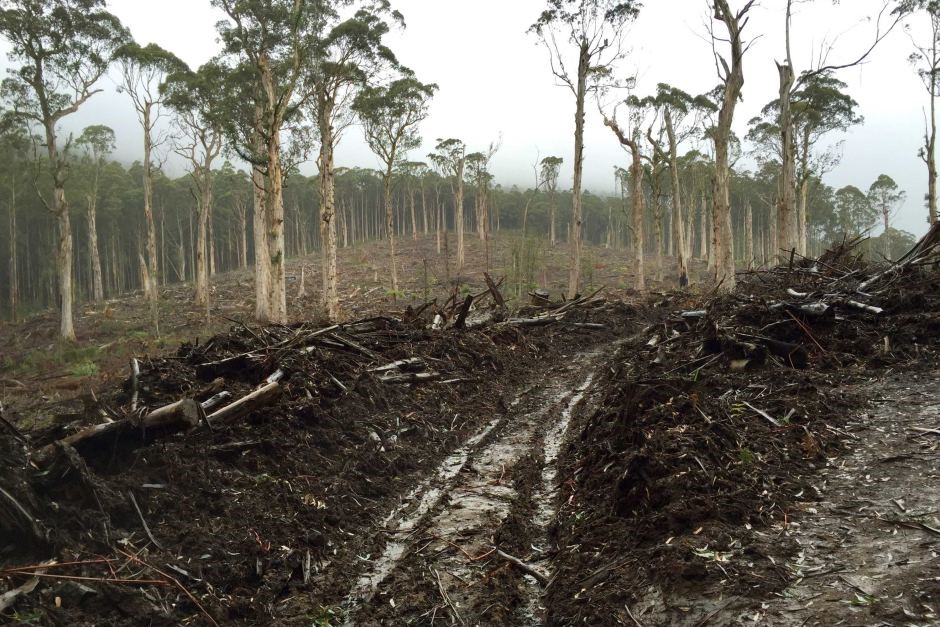
Home › Forums › Mining on Marinduque, Philippines